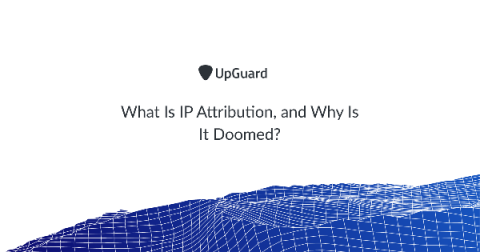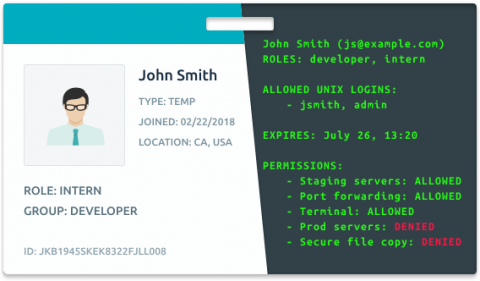What Is IP Attribution, and Why Is It Doomed?
Internet Protocol (IP) attribution is the attempt to identify a device ID or individual responsible for a cyber attack (e.g. ransomware or other types of malware) based on the origin of a network packet. An IP address is given to a system for a period of time that enables them to exchange data to and from other devices on networks.









